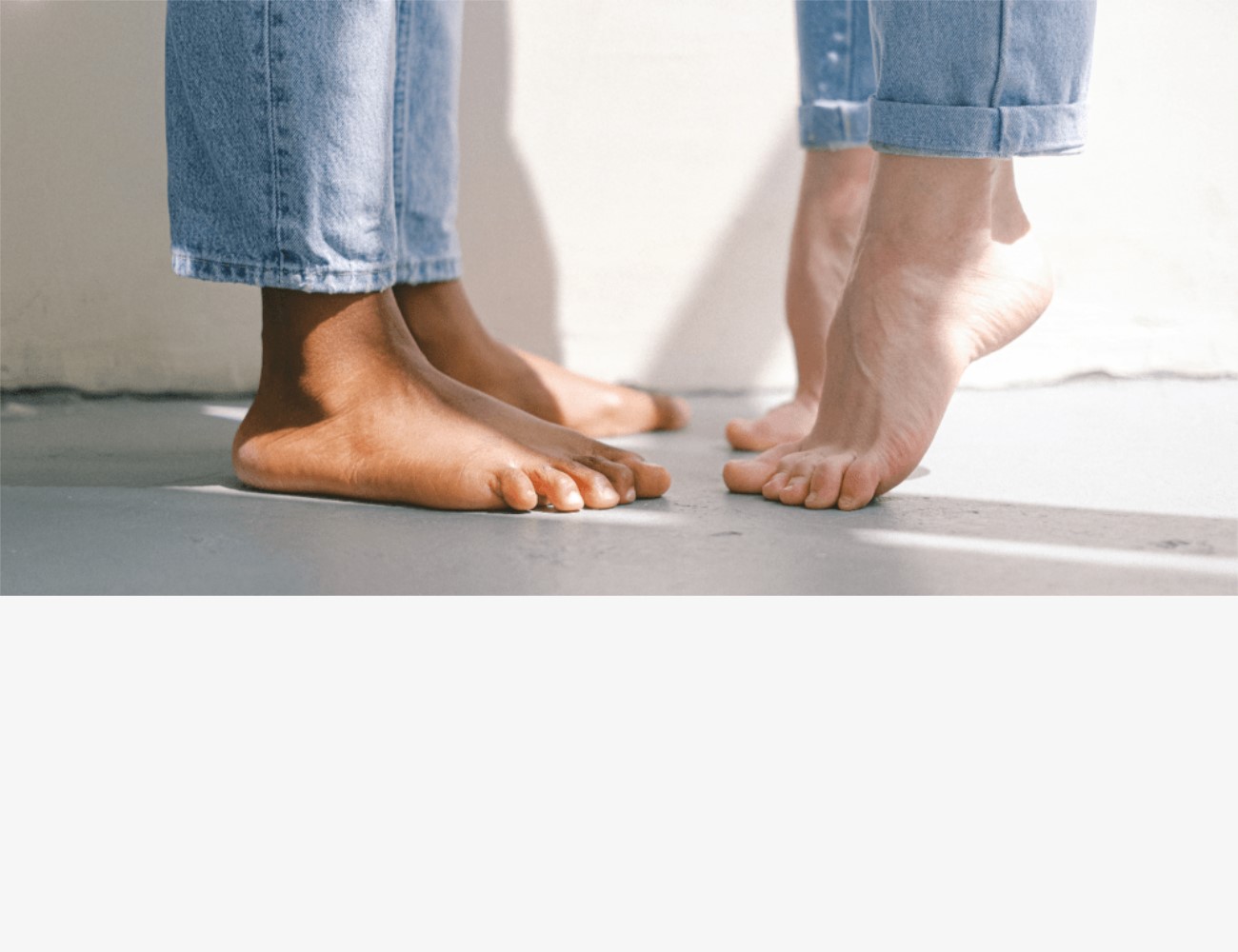
Calcaneal spur: what it is, causes and how to treat with orthopedic insoles
WHAT IS THE CALCANEAL SPUR?
Surely you have heard someone complain of heel pain or experienced it after a long walk or period of time standing.
If this kind of strain and pressure is prolonged and frequent, it can lead to a small projection of bone forming in the heel: the so-called heel spur. In reality, it is the body’s defense against repeated tissue inflammation or injury. This is why, although it is most often found on the “sole of the foot,” it can also appear near the Achilles tendon (known as the “heel spur”).
In summary, the calcaneal spur (which is not visible from the outside) is the result of a process of continuous overloading and the pain a manifestation of inflammation of the adjacent structures. This means that in some cases the calcaneal spur may have no symptoms and remain undiagnosed. But for others, it can cause acute pain and mobility problems.
CALCANEAL SPUR – CAUSES
Although it is not possible to identify a single cause for the appearance of the foot spur – which is more common among people over 40 and overweight – there are several factors that increase the risk of developing it, such as:
- Genetic tendency;
- ▪ Osteoarthritis, rheumatoid arthritis, circulatory failure, and other degenerative diseases;
- ▪ Obesity;
- ▪ “Flatfoot” or a very pronounced plantar arch;
- ▪ High-impact (foot on the ground) sports, such as running, dancing, and jumping;
- ▪ Frequent runs on the beach or sloping surfaces;
- ▪ Incorrect footing;
- ▪ Prolonged periods of standing;
- ▪ Inappropriate footwear (tight, deformed…) or high heels
SYMPTOMS
The most frequent manifestation of the spur is pain in the lower or inner region of the heel, with the following characteristics:
- with the weight of the body, the pain leads to immobilization of the gait;
- ▪ after rest, the pain calms down or disappears, but returns with further exertion;
- ▪ pain more pronounced in the morning;
- ▪ “twinge” type pain.
Some people also develop edema, that is, swelling in the heel and even the ankle area.
HOW TO TREAT WITH ORTHOPEDIC INSOLES
After diagnosis, the treatment for the calcaneal spur must also be indicated by an orthopedist and adapted to each case.
However, one of the most frequent recommendations and prescriptions is the use of orthopedic insoles, heel pads, or heel cushions, which have the main function of supporting and distributing the pressure exerted, helping to prevent and relieve pain.
Therefore, and considering that there are several brands and materials on the market, it will be essential to be able to find the one that provides you with the greatest comfort. We highlight some products and applications:
Gel-lined heel pad
This is a more considered option for the prevention of the calcaneal spur. Made of gel polymer, with a soft supplement in the heel area, it offers the necessary cushioning to relieve impacts and give the foot more rest.

Silicone compensation heel
If the calcaneal spur is caused by unilateral loads from the locomotor apparatus, for example due to a height difference in the legs, it will be essential to try to minimize this. A compensating splint will mitigate the length difference, rebalancing the pressure on the foot and also absorbing shocks.

Double-density gel splint
Talons are placed on the back of the shoe and, like an orthopedic insole, should always be worn on both feet. The polymer gel is particularly suitable for people with a foot spur, as it has great cushioning and elastic characteristics. Anatomically designed, this splint provides comfort and pressure relief.

Dual-intensity silicone orthopedic insole
This is a very versatile insole, indicated for those who practice sports or work activities that imply long periods of standing. Because it is made of viscoelastic silicone with different densities, it cushions the load points in the calcaneal and metatarsal regions, with retrocapital and internal arch support. It is particularly suitable for those with a foot spur.

If you can’t fit a full insole, you can opt for a three-quarter size. Equally suitable for the treatment of calcaneal spurs, it is also double density, with silicone inserts in the heel for added rest and cushioning. In addition, it provides support of the plantar arch and retrocapital area.

Finally, it is important to reinforce that the use of proper footwear is fundamental to the prevention and treatment of the foot spur. The shoes should be comfortable, adaptable to the foot, and have malleable soles, so that they cushion the impact with the ground well during the stride.
Visit us on our website at www.lojaortopedica.pt or contact contact us from the contact form.
Loja Ortopédica ® – We know and have what you need!




No Comments